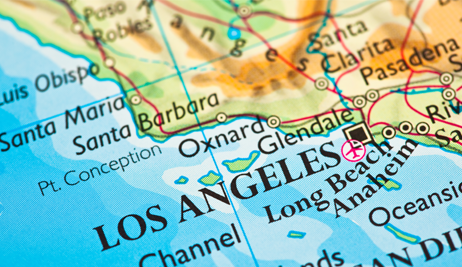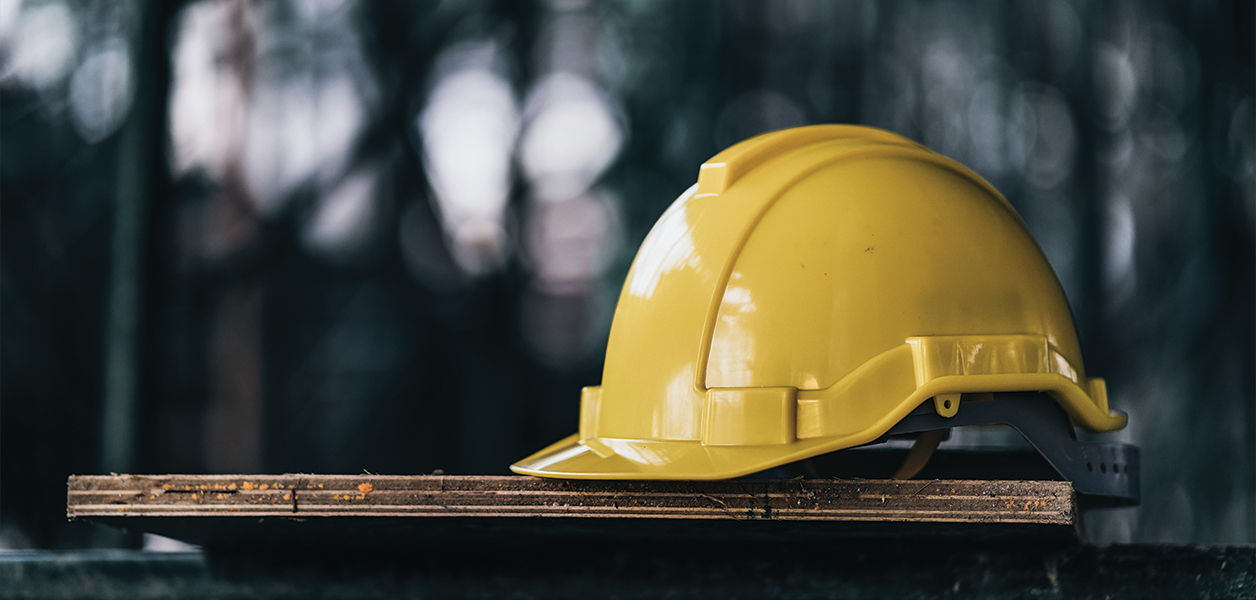A first-quarter 2018 report from consultancy firm Rider Levett Bucknall (RLB) shows construction costs in Los Angeles climbed 7.59 percent in 2017, which was the biggest increase of the 12 major U.S. markets the company tracks, according to www.constructiondive.com. The national average construction cost increase was 4.2 percent.
San Francisco and Portland were next with construction cost increases of 6.23 percent and 6.05 percent, respectively, followed by Chicago (5.35 percent), Seattle (5.10 percent), Phoenix (4.31 percent), Denver (3.76 percent), Las Vegas (3.63 percent) and New York (3.29 percent). Honolulu was the only metro area in RLB's latest report that did not experience a cost increase, with expenses decreasing 1.74 percent between January 2017 and January 2018. RLB bases its calculations on labor, materials, general and subcontractor overhead, taxes and profit.
In commentary accompanying the report, Julian Anderson, chairman of RLB's global board, said the construction industry has not yet felt a dramatic—or quantifiable—effect on costs from President Trump's 25 percent tariff on foreign steel or 10 percent duty on aluminum, partly because protests from foreign governments and construction groups such as the Associated General Contractors of America led to permanent and temporary exemptions. Anderson said potential long-term effects of the tariffs still are unknown.
The U.S. is the biggest importer of steel in the world, and much of the material the U.S. buys is from countries that currently hold tariff exemptions, with at least 50 percent coming from Canada, Brazil, Mexico and South Korea. As RLB indicated, the new regulation has not yet significantly affected costs; however, that doesn't mean the market hasn't reacted to the tariffs.
Some end users saw early price increases of 10 percent before the tariffs took effect March 23, and some contractors in negotiations for new work when the tariffs were announced insisted on tariff riders that allowed for additional compensation if the new regulations caused steel prices to increase.
Aside from the tariffs, material prices still have been climbing, and contractors may need to use their profits to combat these increases.





